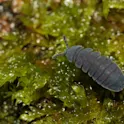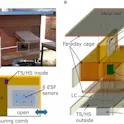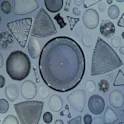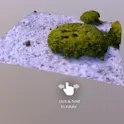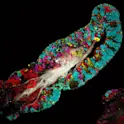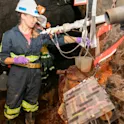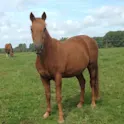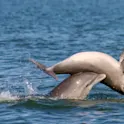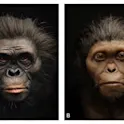
Life sciences
05 May 2021
An animal able to regenerate all of its organs even when it is dissected into three parts
By Tel Aviv University photography & media unit Polycarpa mytiligera. Credit: Tel Aviv University An extraordinary discovery in the Gulf of Eilat: Researchers from Tel Aviv University have discovered a species of ascidian, a marine animal commonly found in the Gulf of Eilat, capable of regenerating all of its organs—even if it is dissected into three fragments. The study was led by Prof Noa Shenkar, Prof Dorothee Huchon-Pupko, and Tal Gordon of Tel Aviv University’s School of Zoology at the George S. Wise Faculty of Life Sciences and the Steinhardt Museum of Natural History. The findings of this surprising discovery were published in the leading journal Frontiers in Cell and Developmental Biology. “It is an astounding discovery, as this is an animal that belongs to the phylum Chordata—animals with a dorsal cord—which also includes us humans,” explains Prof Noa Shenkar. “The ability to regenerate organs is common in the animal kingdom, and even among chordates you can find animals that regenerate organs, like the gecko who is able to grow a new tail. But not entire body systems. Here we found a chordate that can regenerate all of its organs even if it is separated into three pieces, with each […]


